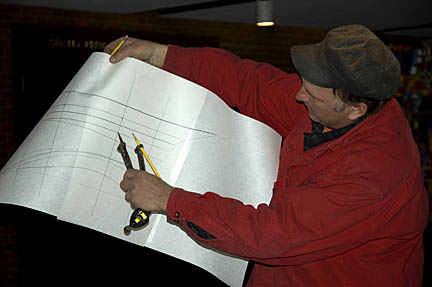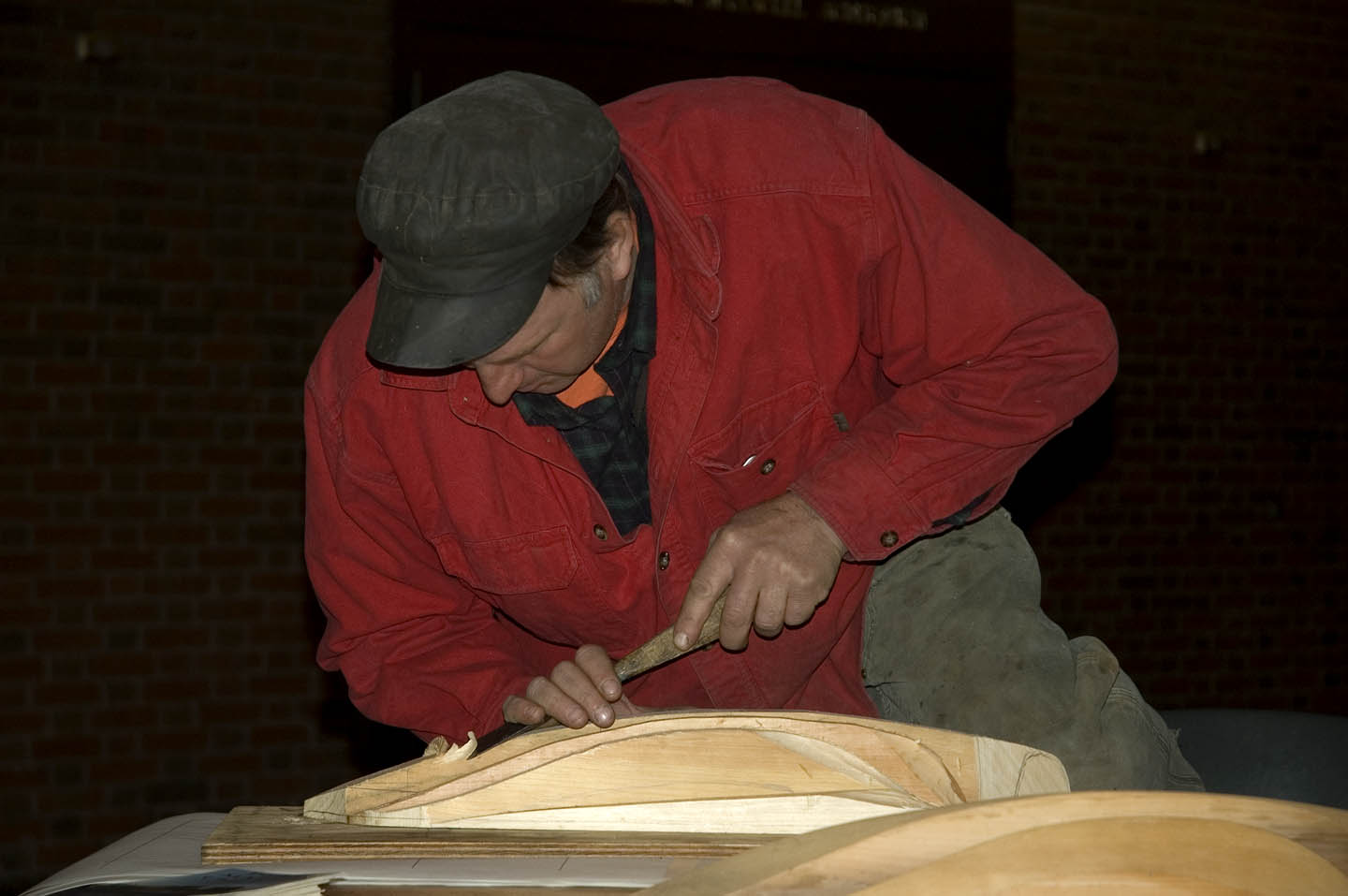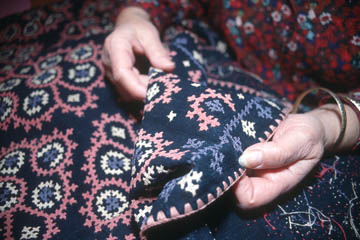A nice crowd gathered recently to watch and hear Harold A. Burnham talk about the tradition of using half hull models as design tools from Harold A. Burnham at the National Heritage Museum. He explained the process of sketching the model out on a block of wood, which is made of lifts. These lifts come apart and represent sections of the hull. “The shape of the model is the shape of the boat.”

Once chiseled and sanded to perfection, the lifts are taken apart and used to express a three-dimensional shape on a two-dimensional piece of paper. These lines are eventually scaled up to size on the moulding loft floor. Harold notes, “If you are an accomplished boat designer or have the experience studying these lines, you can read the lines plan and know what the lines are saying.” (Sort of like a composer reading a score and hearing the piece of music in her head.) He goes on to say, “But the alternative is to just hold up a block of wood and say, “This is what it looks like.”

“What we’ve developed here is a series of points for the widths at the correct height. Then by connecting the dots, in a fair line, you can see the shape of the model. If you scale that up full scale, that shape is what you use to make the moulds to build the frames for the boat. Basically, we do what I just did when we’re lofting the boat, we do that full scale on what they call a mould loft floor. That’s how you use the half model.”
Photos by Maggie Holtzberg


